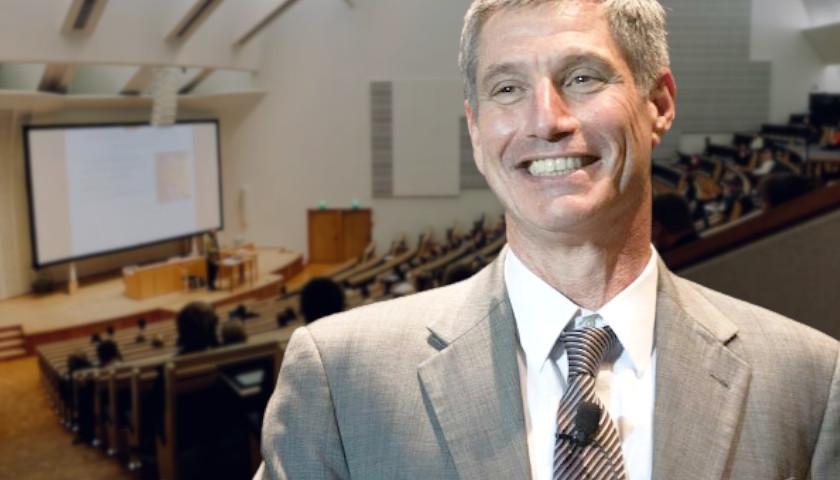by Christina Lengyel
The Pennsylvania State System of Higher Education said this week its tuition freeze has done little to stave off enrollment declines, even as the costs at other institutions around them all climb.
“We’re particularly expensive for students who we’re born to serve, low and middle income students,” said Chancellor Dan Greenstein. “You’re asking their families or their households to pay basically 45% of their disposable income to send one student to one of our universities for one year.”
Greenstein told the House Appropriations Committee this week that while its 10 universities cost roughly $5,000 less than other institutions across the state, the system remains among the most expensive in the country. It also receives a fraction of state financial support as compared to its neighbors in New York and New Jersey.
He emphasized the importance of making education affordable, pointing out that when students leave the state to pursue more affordable degrees elsewhere, they are unlikely to return here to work.
“It comes back to the question of, ‘Where do you get your workers from?’ Because without them, there aren’t enough,” he said.
Pennsylvania’s declining population of working-age adults has been an economic strain for years, though the pressure has ramped up as the number of retired residents swells, The Center Square previously reported.
Lawmakers have for years debated ways to incentivize college graduates to settle in Pennsylvania, though there’s been marked disagreement on how. Gov. Josh Shapiro, in his first budget proposal last month, called for investments in career and technical education programs and tax credits for in-demand careers – such as teachers and nurses.
“As state appropriators, I think it’s important for us to provide hope for students and families to achieve an affordable degree,” said Rep. Torren Ecker, R-Abbotstown. “And that’s why investing in PASSHE and schools like Shippensburg that I represent is so important.”
Greenstein said the system needs $573.5 million from the state to provide more financial support to students and cover a 3.8% inflationary strain. The additional dollars will not only keep tuition frozen for the fifth year in a row, but help students pursuing degrees in education, nursing, business, and STEM fields.
The request is higher than Shapiro’s proposed 2% budget increase to the system and comes after a drastic redesign that consolidated 14 schools into 10 and slashed operating costs by $300 million over the last three years.
The measures brought the system back from the “brink of insolvency,” said Rep. John Lawrence, R-West Grove.
Association of Pennsylvania State College and University Faculties President Ken Mash provided told The Center Square that Shapiro’s offer “doesn’t add up.”
“Really the dedication of the faculty is virtually the only thing keeping our universities afloat,” he said. “Fortunately, Governor Shapiro has indicated that this number was a starting point. We remain hopeful that our legislature will provide further investment in its state-owned universities.”
Rep. Kyle Mullins, D-Olyphant, said concerns linger about the system’s ability to operate as “cohesive whole.” He graduated from West Chester University, one of the most popular state-owned colleges.
The system’s state funding comes from a single pool, meaning those universities which have been more successful in maintaining enrollment numbers and managing budgets, still find themselves offsetting the cost of struggling schools.
“I’ve heard some concerns at the local level that in trying to fix fiscal problems, there’s a risk of perhaps asking too much of universities that have perhaps weathered some financial storms and in fact built healthy fund balances through their funds management at the local institutional level,” Mullins said.
Greenstein said the system is looking at options to further unify while acknowledging that the schools within it typically appeal to the local community for the majority of their enrollment. This stands in contrast to the schools receiving the majority of the budget’s higher education funding –Penn State University, University of Pittsburgh, Temple University, and Lincoln University.
– – –
Christina Lengyel is a contributor to The Center Square.
Photo “College Students” by Stanley Morales.





